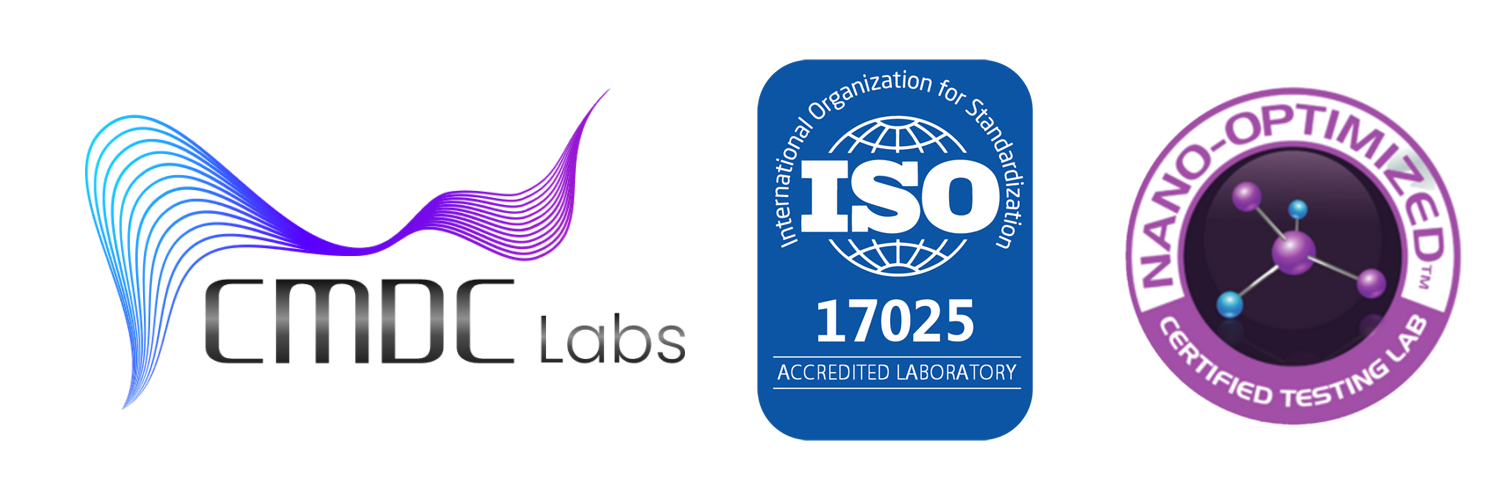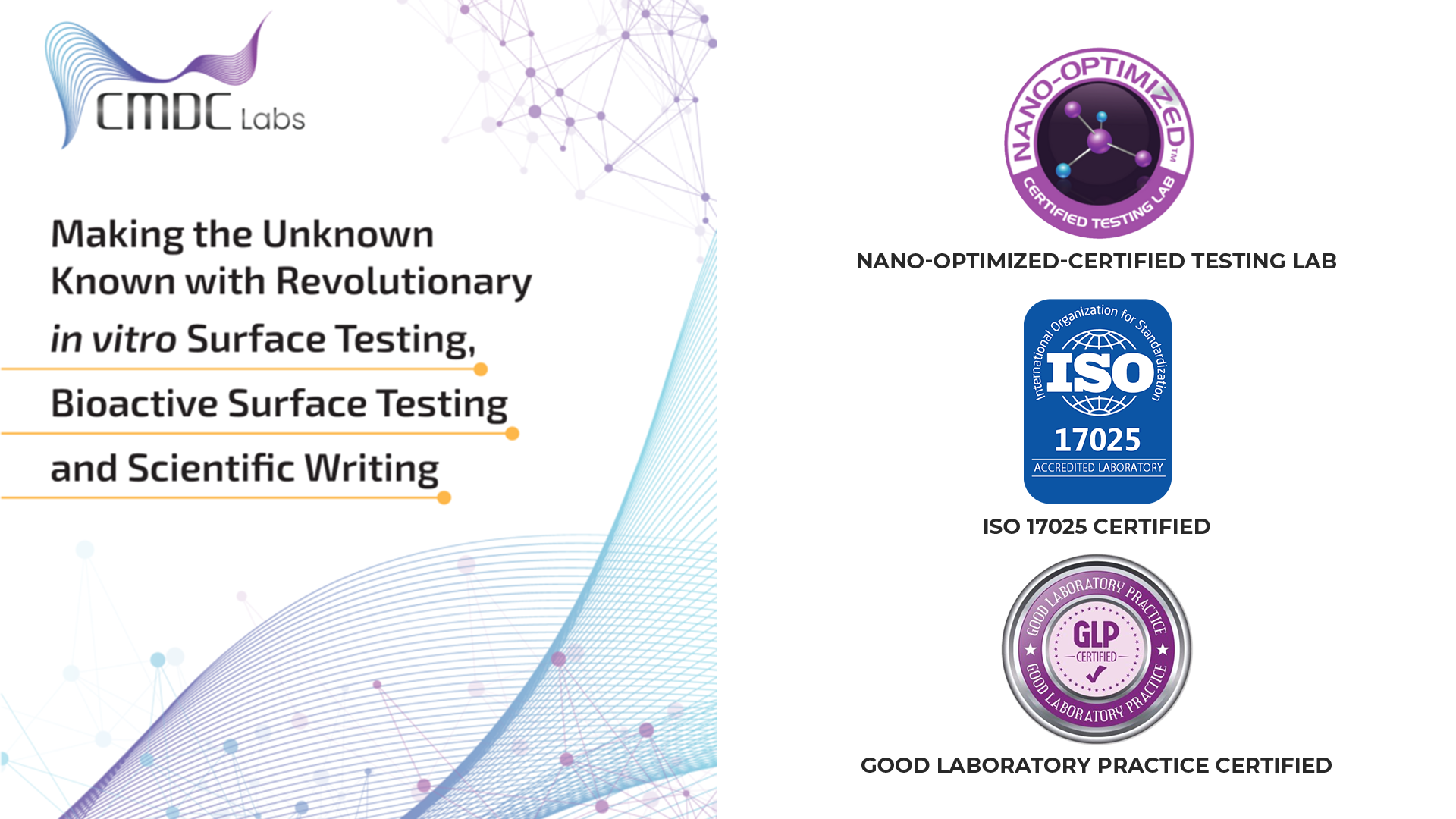In the world of analytical testing, adherence to stringent standards is paramount to ensure accuracy, reliability, and compliance. One such standard-setting organization, the Association of Analytical Communities (AOAC) International, plays a pivotal role in establishing validated methods that laboratories worldwide rely on for testing various substances, contaminants, and pathogens.
AOAC Official Methods serve as industry benchmarks, providing a standardized framework for analytical procedures and ensuring consistency and comparability of results across different laboratories. These methods undergo rigorous validation processes, including interlaboratory studies, to demonstrate their accuracy, precision, specificity, and robustness.
At CMDC Labs, we recognize the significance of AOAC Official Methods in our analytical testing protocols. In this article, we delve into the real-world applications of AOAC Official Methods across different sectors, highlighting their importance and impact.
- Food Safety Testing: In the food industry, ensuring the safety and quality of products is paramount to protect public health. AOAC Official Methods are extensively utilized for detecting contaminants such as pathogens, pesticides, heavy metals, and mycotoxins in various food matrices. From microbiological analysis to chromatographic techniques, AOAC methods provide validated procedures for accurate determination of analytes, enabling food manufacturers to comply with regulatory requirements and uphold consumer trust.
- Environmental Analysis: Environmental testing encompasses a wide range of applications, including water quality assessment, air pollution monitoring, and soil contamination analysis. AOAC Official Methods offer standardized approaches for quantifying pollutants, toxins, and other environmental constituents. Whether it’s detecting emerging contaminants or assessing the efficacy of remediation strategies, AOAC methods provide reliable tools for environmental scientists and regulatory agencies to evaluate environmental health and safety.
- Pharmaceutical Quality Control: In the pharmaceutical industry, maintaining product quality and purity is essential to ensure drug efficacy and patient safety. AOAC Official Methods play a crucial role in pharmaceutical quality control by facilitating the analysis of active pharmaceutical ingredients (APIs), excipients, and finished dosage forms. From assay methods to impurity testing, AOAC-compliant procedures enable pharmaceutical companies to meet regulatory requirements and adhere to pharmacopeial standards, contributing to the integrity and reliability of medicinal products.
- Cosmetic and Personal Care Product Testing: Cosmetic and personal care products undergo rigorous testing to ensure they meet safety and quality standards. AOAC Official Methods provide validated protocols for assessing microbial contamination, preservative efficacy, and product stability. By following AOAC-compliant procedures, cosmetic manufacturers can demonstrate the safety and efficacy of their products, instilling confidence in consumers and regulatory authorities.
- Veterinary and Agricultural Analysis: The agricultural and veterinary sectors rely on accurate analytical methods to ensure the safety of animal-derived products, veterinary drugs, and agricultural commodities. AOAC Official Methods support the detection of contaminants, residues, and adulterants in livestock feed, meat, dairy products, and crops. These methods help safeguard animal health, protect food supply chains, and address public health concerns related to agricultural practices.
In conclusion, AOAC Official Methods serve as invaluable tools in the realm of analytical testing, encompassing diverse applications across industries. At CMDC Labs, we leverage AOAC-compliant methodologies to deliver accurate, reliable, and compliant testing services to our clients. By embracing the principles of standardization and validation embodied in AOAC Official Methods, we uphold our commitment to excellence in analytical testing and contribute to advancing scientific knowledge and regulatory compliance in various fields.

